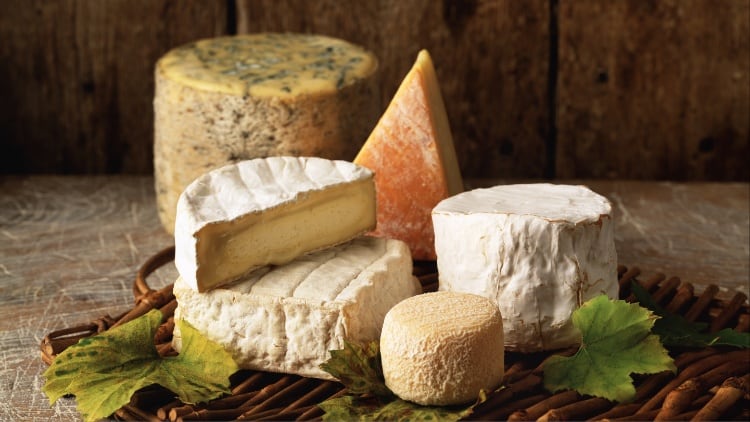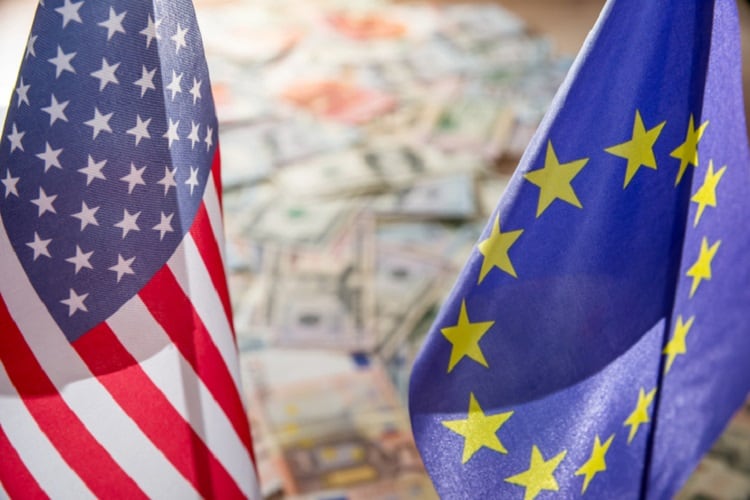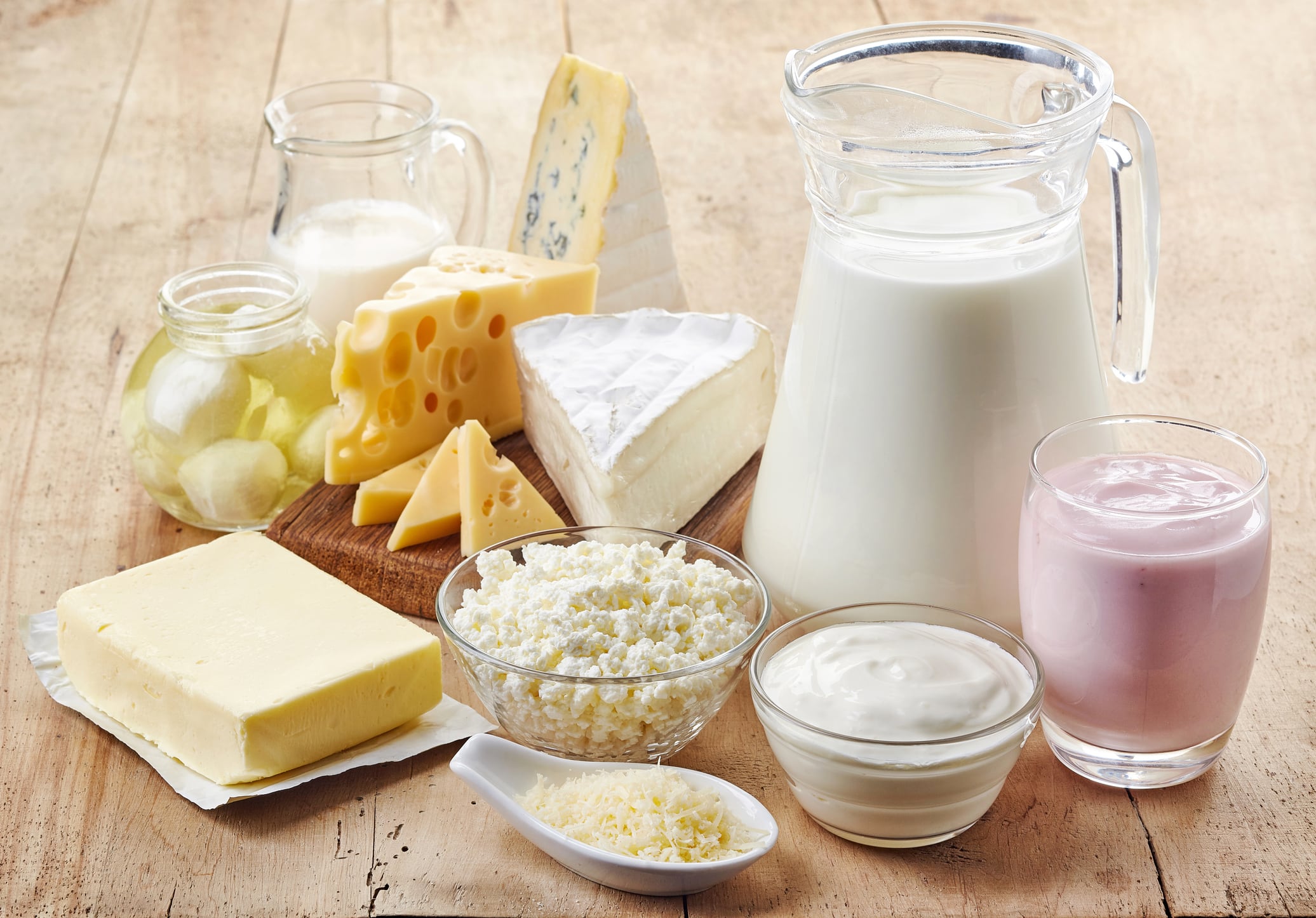The European Union recently signed a framework trade agreement with the US, which includes provisions for greater market access for US dairy products and commitments to address non-tariff barriers affecting trade in food and agriculture.
For EU dairy, the framework agreement delivers clarity on tariff arrangements with an important trade partner after months of uncertainty and speculation.
For US dairy, a step has been made towards improving market access to the EU, a long-term barrier for US exporters, along with streamlining sanitary certificates and addressing US concerns around EU sustainability measures.
The joint statement does not clarify which dairy products may be in scope, when such tariffs may be reduced, nor does it note any agreement on the EU’s geographical indications (GIs) policies.
However, the creation of 20,000 tonnes of tariff-free TRQs for US dairy products has raised concerns in Europe that the US is receiving too much, too soon.
“To put this into perspective, in the EU-Mercosur negotiations, the EU obtained only 10,000 tonnes of cheese access into Mercosur after more than two decades of talks,” said the European Dairy Association (EDA) in a statement. “In the present agreement, we are offering the same volume to US exporters immediately.”
But EDA representatives are set to travel to Washington later this month to explore ‘balanced opportunities for both sides’ with US industry and government.
A particular concern for European producers is that some EU dairy products that previously entered under lower rates may now face increased costs. “Out-of-quota exports continue to be subject to high US most-favored nation duties, which means European exporters’ competitiveness in the American market remains constrained,” the EDA said.
Meanwhile, president of the Parmigiano Reggiano consortium Nicola Bertinelli said that some European cheese exports had been wrongly levied with an additional 15% tariff “which in practice doubled the customs cost, without respecting the agreement of a 15% all-inclusive”. More than a third (35%) of Parmigiano Reggiano and Grana Padano destined for the US market falls outside import licences: that’s about 200,000 wheels weighing 40kg each. The entry cost on cheese imported outside licenses can reach $5 per kg, or almost 30% of the value of the goods.
Trade access will be hashed out over time, but for now, the creation of an initial 20,000 tonne tariff-free TRQ is viewed as “more than a symbolic gesture” by Europe’s dairy industry. “It represents a significant commitment of new market access beyond existing WTO quotas, reserved exclusively for US origin,” said the EDA.
“Other trading partners may seek similar treatment under WTO non-discrimination rules, and the EU and Member States will need to assess the long-term impact on their dairy industry.”
EDA secretary general Alexander Anton said: “Predictability is an important gain, but our sector faces real challenges on both sides of the ocean. We need careful implementation that keeps the level playing field in mind and recognizes the commitments already made in multilateral and bilateral contexts.”
Copa-Cogeca: Proposal ‘delivers nothing for the EU agriculture sector’
Cop-Cogeca, the representative body for the EU farmers and agri-cooperatives, went further by saying that the framework agreement ‘delivers nothing’ for the European agrifood sector.
“This deal grants improved market access for US agri-food products, while EU producers are left facing higher tariffs, now rising to 15%, on key export products,” the organization said in a statement.
“This one-sided outcome is not only unjustified - it is deeply damaging to a sector already under pressure from rising costs, regulatory constraints, and increasing global competition.
“Competitor countries, such as for example Australia and Argentina, will continue to benefit from lower 10% tariffs, meaning EU producers are now at an even greater disadvantage in a key market.”
“EU agriculture is being asked to accept weaker trading terms, while the US reaps new advantages. This is not reciprocity - it is a strategic error that undermines the EU’s own farmers, agri-cooperatives and rural economies.”
Copa-Cogeca
The body has called on the EC to publish an impact assessment of the agreement on the EU agriculture sector, including detailed analysis of the substitution effects.
Over in the US, the International Dairy Foods Association has welcomed the developments, calling the framework agreement “the first measurable progress in transatlantic dairy trade in 10 years”.
“The EU is notoriously difficult to negotiate with on trade,” said Becky Rasdall Vargas, senior vice-president of trade and workforce policy at IDFA. “Moving forward, it will be important to keep discussions active given the significant amount of dairy processing equipment, inputs and other important goods that come from Europe and support the $9 billion of investment in dairy processing in the United States.”
The EU is a top 10 trading partner for US dairy. In 2024, the United States exported more than $167m worth of dairy products to the bloc; while the EU exported $2.8bn worth to the US.
Bird flu: Could US raw milk imports come under fire?
GIs, sustainability and sanitary rules are all areas negotiators are likely to lock horns over; but US dairy’s ongoing bird flu outbreak is sure to give the EU ammunition to curb access to goods made from raw milk.
The virus can survive in milk that isn’t pasteurized. In raw milk cheese, infectious virus persisted up to 60 days during aging at pH 6.6 and 5.8, according to one study cited by EFSA. Overall, importing raw milk products could present risks, potentially bringing viable H5N1 virus into the bloc via trade.
The amount of raw milk products imported from the US in recent years has been negligible: eight consignments (899 tons) of milk and cream, and four consignments (10 tons) of fresh raw cheese have made their way into the bloc from the US in the past three years.
This could well change under a new trade agreement, and EFSA currently recommends continued monitoring and risk assessment for raw milk imports.




